How RetroFoam Insulation Can Reduce Your Energy Bills
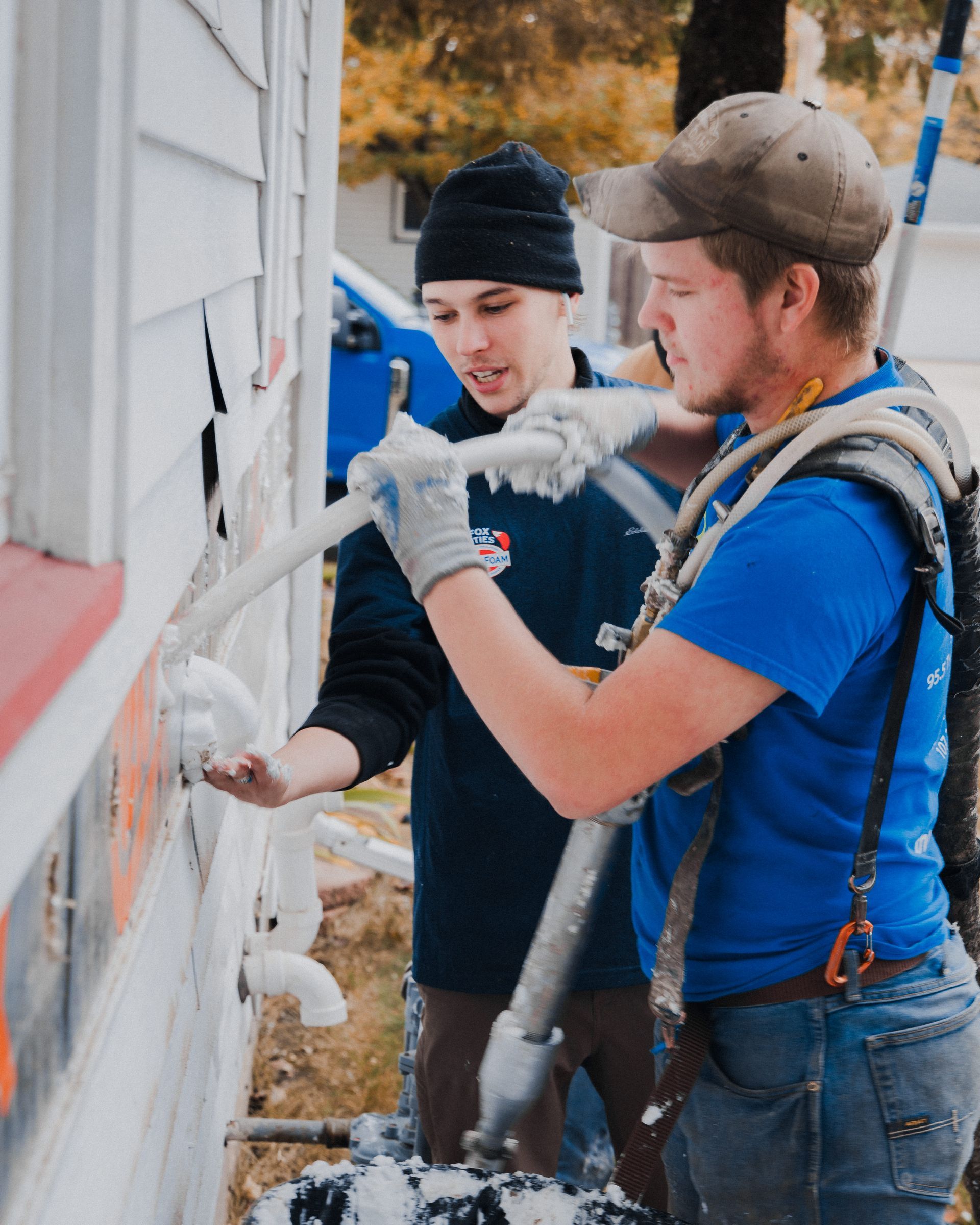
As temperatures in northern Wisconsin fluctuate drastically, homeowners often worry about rising energy bills. RetroFoam insulation offers an environmentally friendly solution by effectively reducing heat loss and sealing cracks and crevices. Like a well-insulated winter coat, RetroFoam helps retain warmth, keeping your home cozy and reducing energy expenses. Discover how RetroFoam can enhance your home’s efficiency and save you money by providing a reliable barrier against temperature extremes.
Key Takeaways
- RetroFoam Insulation Offers Long-Term Savings and a Superior Seal Against Air Infiltration
- It Provides Enhanced Comfort by Maintaining Consistent Indoor Temperatures Efficiently
- RetroFoam Installation Is Non-Intrusive, Usually Requiring No Extensive Demolition and Maintenance
- Homeowners May Qualify for Tax Incentives When Installing Energy-Efficient RetroFoam Insulation
- RetroFoam’s Compatibility With Various Home Styles Makes It a Versatile Choice for Insulation Upgrades
How RetroFoam Insulation Trims Down Your Energy Expenses
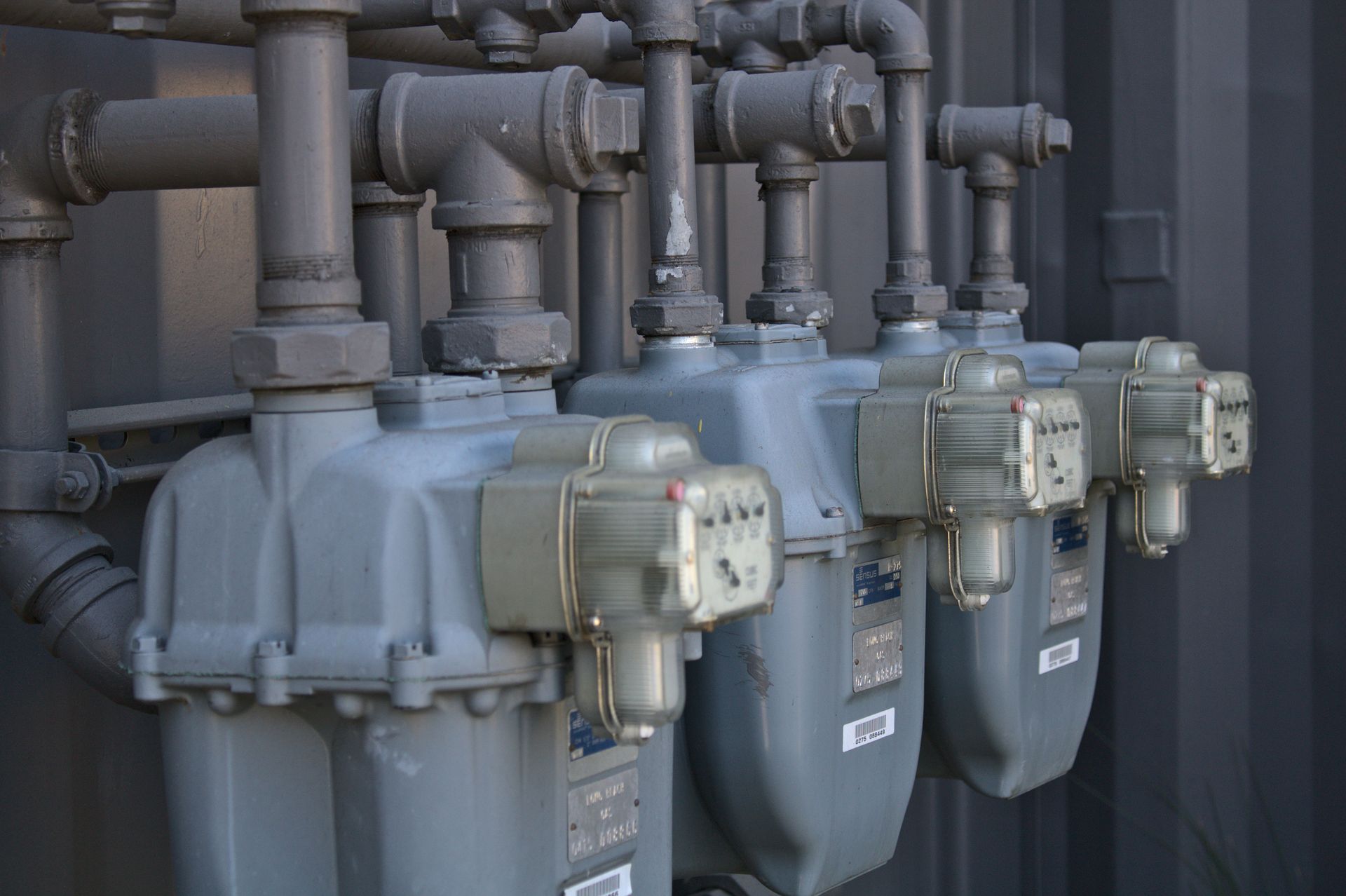
Homeowners facing high heating and cooling bills can benefit from RetroFoam insulation, which acts as an effective air barrier, reducing energy consumption and pollution. Unlike traditional fiberglass, RetroFoam seals air leaks in wall cavities, preventing temperature-controlled air from escaping. This insulation offers long-term savings and is a cost-effective, eco-friendly choice compared to conventional insulation options.
Analyzing the Impact on Monthly Heating and Cooling Costs
Assessing the financial benefits of RetroFoam insulation involves evaluating its impact on heating and cooling costs. Homeowners quickly notice improved comfort as the foam seals drafts and stabilize temperatures. The tripolymer-based foam reduces strain on HVAC systems, leading to significant energy savings. Additionally, tax credits for eco-friendly upgrades can further enhance these savings. RetroFoam offers enhanced comfort, reduced maintenance costs, and financial benefits from tax incentives.
Long-Term Savings Versus Initial Investment
Investing in RetroFoam insulation might seem costly upfront, but its effectiveness in reducing energy costs leads to significant savings. Its superior seal minimizes heat transfer through walls, ensuring the initial expense turns into substantial long-term returns. This balance between cost and benefit makes RetroFoam a wise choice for those looking to fortify their home against energy loss.
Efficiency Comparisons to Traditional Insulation
Regarding insulation, traditional materials like fiberglass cover areas but often miss critical points, leading to less effective temperature control. RetroFoam adheres to building structures like mortar, creating a solid and continuous barrier. It encapsulates every nook and cranny, offering superior protection against heat and cold transfer. This results in a home that requires less electricity to stay comfortable, saving costs. RetroFoam forms a solid barrier, efficiently insulates critical gaps, and improves climate control, reducing electricity usage and saving money.
The Secrets Behind RetroFoam’s Energy Cost Reduction
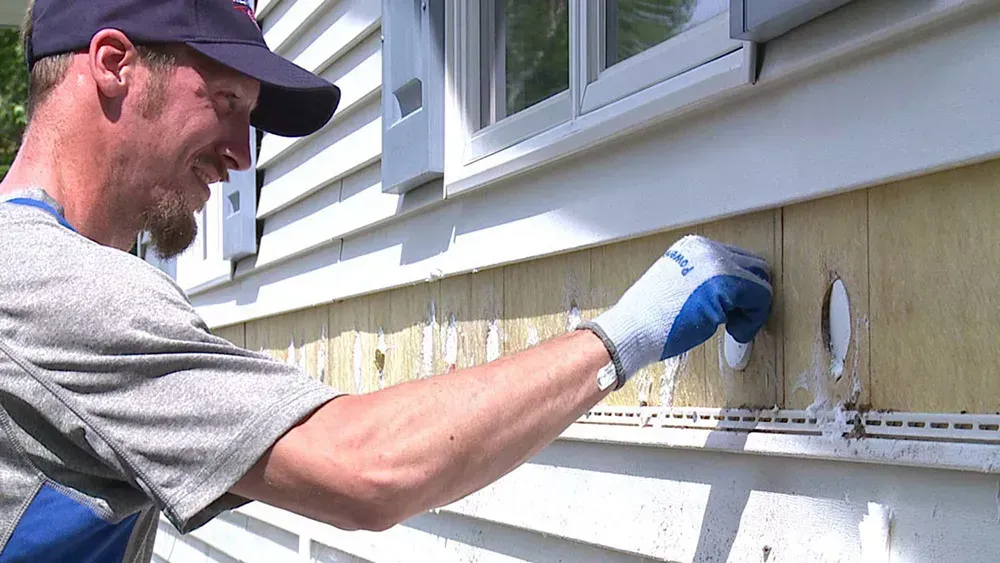
Finding ways to save on energy costs leads many homeowners to RetroFoam insulation. Its high R-value offers superior insulation compared to traditional fiberglass. A higher R-value means better temperature control, keeping homes warm in winter and cool in summer. RetroFoam also prevents air leakage around windows and other areas, trapping desired air inside and keeping out drafts, dust, and mildew. By improving HVAC efficiency, RetroFoam reduces energy bills. Homeowners see RetroFoam as a wise investment for long-term savings and comfort.
Insulation R-Values Explained
Understanding the R-value of insulation is key to cost-efficient home temperature regulation. A higher R-value means better insulation for walls and improved moisture control—exactly what RetroFoam provides. Its advanced insulation shields homes from water intrusion and dampness, which often increase energy usage. This gives homeowners peace of mind and relief from high energy expenses.
Air Leakage Prevention and Its Importance
Preventing air leakage is crucial for a healthy home environment as it reduces mold risk and keeps out contaminants that cause air pollution. Homeowners can get a free quote to assess the cost and possible rebates for RetroFoam insulation, ensuring their energy efficiency upgrade is affordable and beneficial for indoor air quality.
Enhancing HVAC Efficiency With RetroFoam
Retrofitting homes with RetroFoam insulation improves HVAC system efficiency by conserving energy, regardless of the cladding type—be it stucco, siding, or drywall. Homeowners struggling with high power bills find relief as the foam’s insulating properties reduce the need for constant heating and cooling. Additionally, RetroFoam seals out outside contaminants like pollen, enhancing indoor air quality, as detailed in product PDFs and resources.
Why Choose RetroFoam for Existing Walls
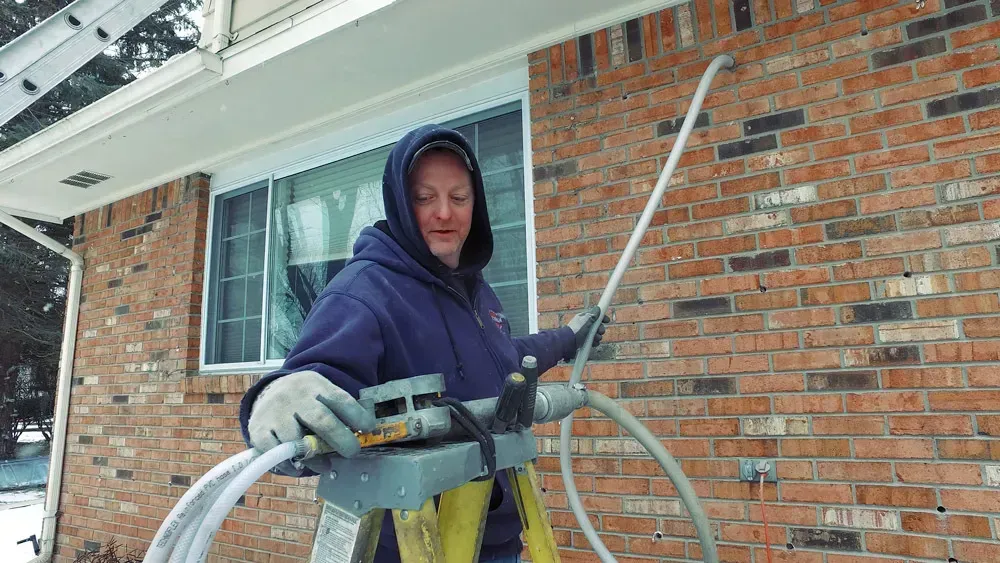
Opting for RetroFoam insulation offers a stress-free upgrade for older homes, requiring minimal disruption. Its easy installation process sets it apart from other options, allowing homeowners to maintain daily routines. RetroFoam doesn’t require extensive wall removal and can be installed around existing electrical wiring and air quality systems without compromise. This efficiency makes it a preferred choice, especially when it could lead to tax credit eligibility. Its versatility and compatibility with various home types enhance energy efficiency, regardless of a home’s age or design.
The Ease of Installing RetroFoam in Older Homes
Installing RetroFoam into the walls of an older home is a straightforward process, often completed without tearing apart the existing structure. This non-invasive method delivers direct injection into the cavity of walls through small holes, which are later sealed, ensuring a quick return to normalcy within the home. For those residing in heritage houses or buildings with intricate architecture, RetroFoam becomes the ideal choice to augment insulation without compromising character.
Minimal Disruption Compared to Traditional Insulation Methods
Homeowners who dread the mess and chaos often accompanying home renovations find RetroFoam a breath of fresh air. Unlike common insulation methods that require extensive demolition, RetroFoam installation involves a series of small, strategically placed injections that leave the home’s structure intact. This offers a far less invasive approach to boosting energy efficiency and keeping the household routine uninterrupted.
RetroFoam’s Compatibility With Different Home Types
RetroFoam’s adaptable qualities make it suitable for various home styles, ensuring that the insulation seamlessly fits without altering the architectural integrity, whether it’s a modern abode or a historic dwelling. Its compatibility extends to different construction frameworks, offering a dependable insulation upgrade that caters to the diverse needs of homeowners, simplifying the path to improved energy efficiency across the housing spectrum.
Maximizing Your ROI With RetroFoam Insulation
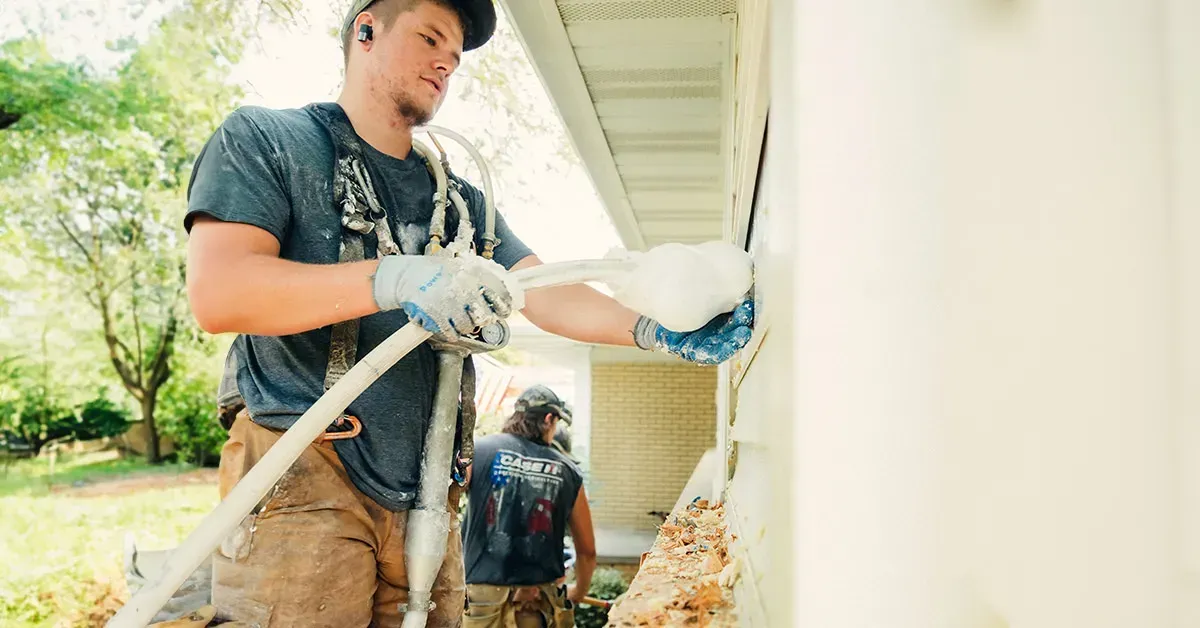
Installing RetroFoam insulation is financially wise when homeowners calculate the payback period, showing how quickly energy savings offset the initial cost. This clarity helps individuals understand when benefits start. Improving a home’s energy efficiency rating adds green credentials and attracts future buyers with lower running costs. Additionally, RetroFoam aligns well with renewable energy systems, offering further carbon footprint reduction and promoting a sustainable household.
Calculating Payback Period for RetroFoam Insulation
To determine the financial value of RetroFoam insulation, homeowners can calculate the payback period: the time it takes for energy savings to cover the installation cost. This calculation highlights the long-term benefits beyond the initial expense. By estimating monthly energy bill reductions and considering the upfront cost, the payback period clarifies the economic benefits of this energy-efficiency upgrade.
Enhancing Your Home’s Energy Efficiency Rating
Improving your home’s energy efficiency with RetroFoam insulation lowers utility costs and enhances your property’s green footprint. Installing RetroFoam helps retain heat or cool air, attracting eco-conscious buyers and potentially increasing market value. Energy assessments document this efficiency, showcasing RetroFoam’s positive impact and confirming its value as a smart long-term investment.
Compatibility With Renewable Energy Systems
A harmonious synchronization between RetroFoam insulation and renewable energy systems stands to amplify the home’s energy-saving capabilities. By consolidating RetroFoam’s thermal regulation with the efficiency of solar panels or wind turbines, homeowners experience an elevated level of energy self-sufficiency. This complementary relationship not only diminishes reliance on traditional energy sources but also bolsters the home’s sustainability profile.
Tackling High Energy Bills in Extreme Climates With RetroFoam

As homeowners struggle with fluctuating energy bills, the value of RetroFoam insulation becomes clear, especially in extreme climates. Case studies of homes in both hot and cold environments show RetroFoam’s effectiveness in diverse conditions. This insulation adapts to temperature swings and integrates well with heating and cooling systems. RetroFoam’s resilience against extreme weather ensures lasting comfort and savings, making it a valuable upgrade for energy-conscious homeowners.
Addressing Unique Challenges in Extreme Weather Conditions
Extreme weather poses a challenge for homeowners facing high energy bills. RetroFoam insulation tackles this issue by keeping homes warmer in freezing temperatures and cooler in extreme heat. Its versatility makes RetroFoam a top choice for upgrading insulation and managing indoor climate efficiently in any season.
Integration With Heating and Cooling Systems
Homeowners often underestimate how well RetroFoam insulation melds with existing heating and cooling systems to optimize energy use. The seamless integration results in a marked efficiency that keeps interiors at a desired temperature with less energy output. This synergy leads to reduced stress on HVAC units, prolonging their lifespan and delivering noticeable savings on maintenance and energy costs.
Frequently Asked Questions About RetroFoam and Energy Savings
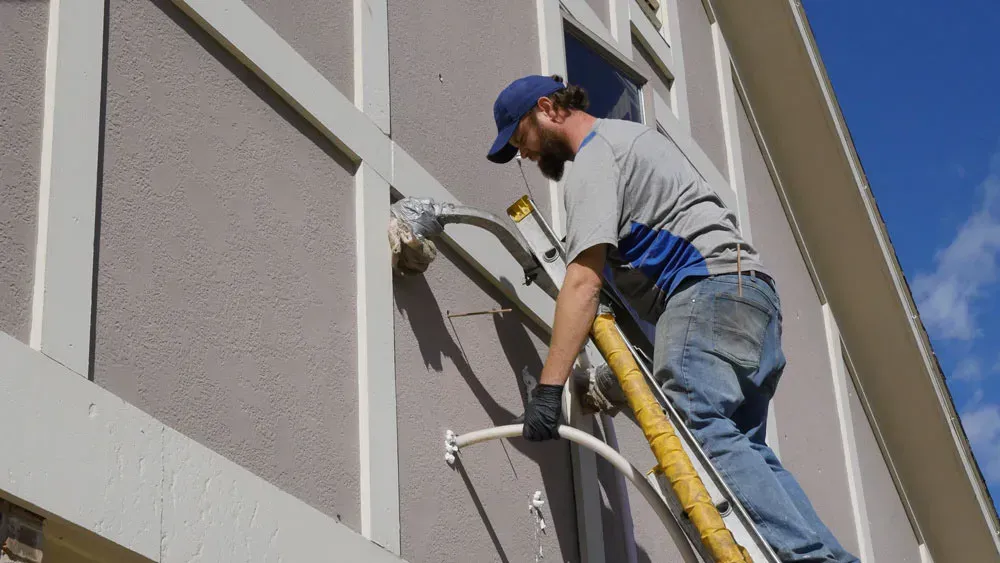
Extreme weather poses a challenge for homeowners facing high energy bills. RetroFoam insulation tackles this issue by keeping homes warmer in freezing temperatures and cooler in extreme heat. Its versatility makes RetroFoam a top choice for upgrading insulation and managing indoor climate efficiently in any season.
Does RetroFoam Qualify for Energy Efficiency Tax Credits?
Indeed, RetroFoam insulation may make homeowners eligible for tax credits aimed at promoting energy efficiency. Government programs often recognize the value of insulation upgrades that meet specific energy-saving standards. As a result, by opting for RetroFoam, one might not only reduce their energy bills but also potentially receive financial incentives in the form of tax credits, making the investment even more beneficial.
Maintenance and Longevity of RetroFoam Insulation
RetroFoam insulation is highly durable, requires no ongoing maintenance, and lasts for the life of the home. Once installed, it eliminates concerns about degradation or replacement and continues to provide energy efficiency and cost savings for many years. Unlike other insulation materials, its robust composition prevents settling or degradation over time. RetroFoam is a set-and-forget solution for energy savings.
Retrofitting Your Home With RetroFoam: What to Expect
When retrofitting your home with RetroFoam, homeowners can anticipate a smooth and swift installation process. Skilled technicians will strategically inject the foam into existing wall spaces with minimal intrusion, ensuring that the integrity of the home’s structure is maintained. Once complete, there’s often no visible trace of the work, and the immediate benefit of improved insulation is felt without any extensive renovation or long downtimes.
Conclusion
RetroFoam insulation proves to be a cost-effective upgrade for homeowners, offering significant reductions in energy bills by improving the efficiency of heating and cooling systems. Its superior air sealing capabilities ensure consistent indoor temperatures, reducing the strain on HVAC units and potentially increasing property value. With the possibility of qualifying for energy efficiency tax credits and requiring no maintenance post-installation, RetroFoam stands out as a smart, long-term investment for sustainable home management. Homeowners benefit from immediate comfort improvements and long-term savings, making RetroFoam a compelling choice for energy-conscious individuals.



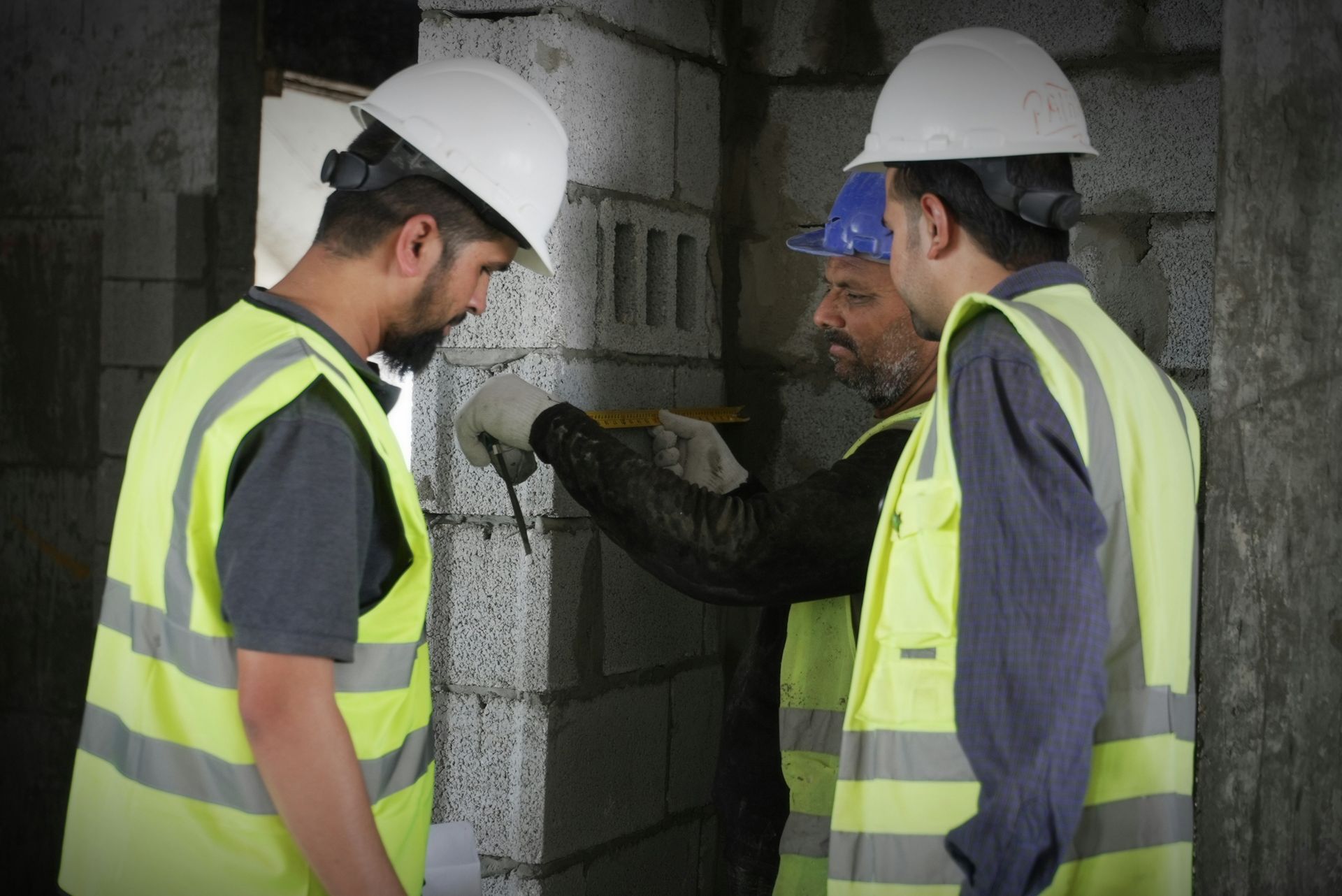
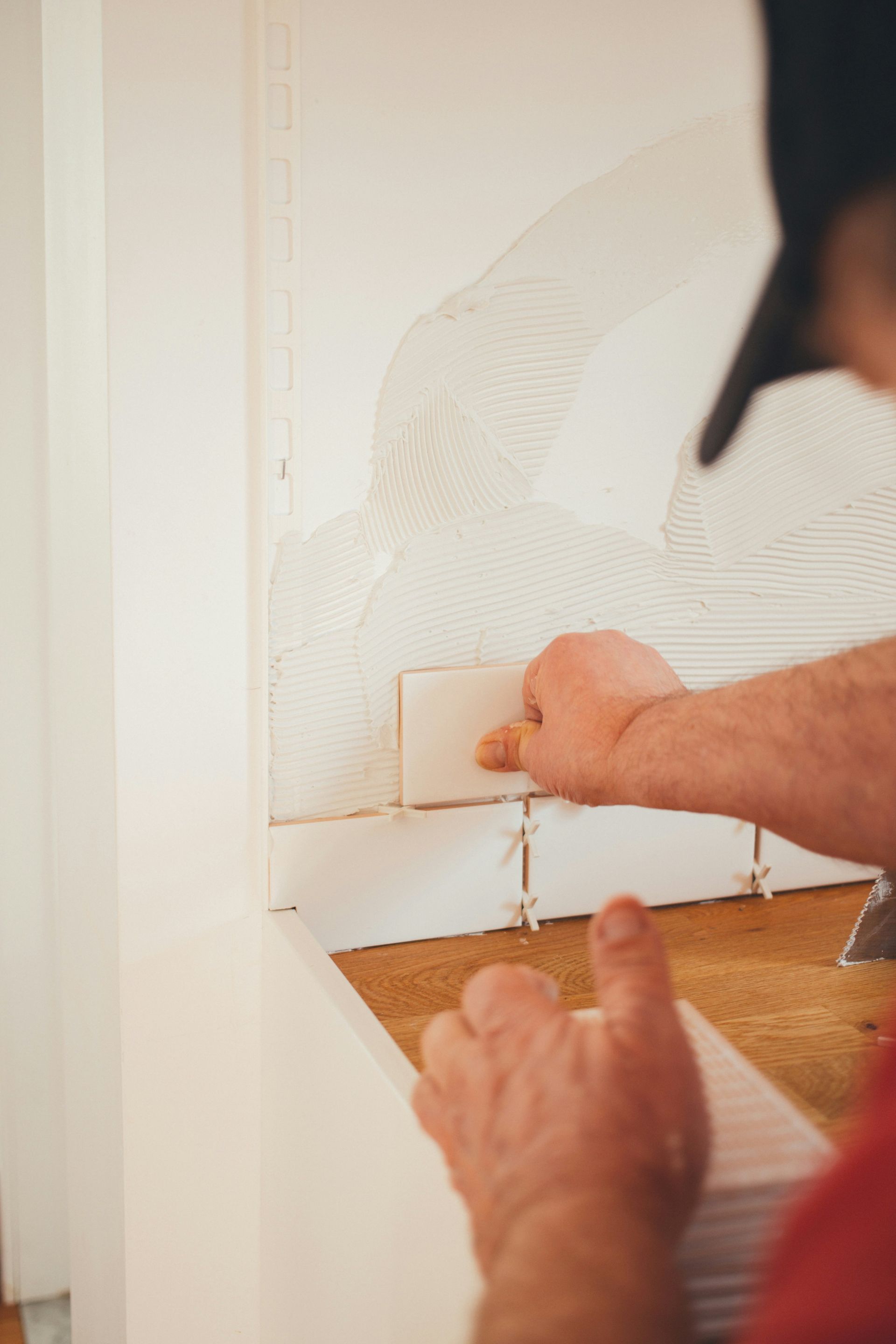

Share On: